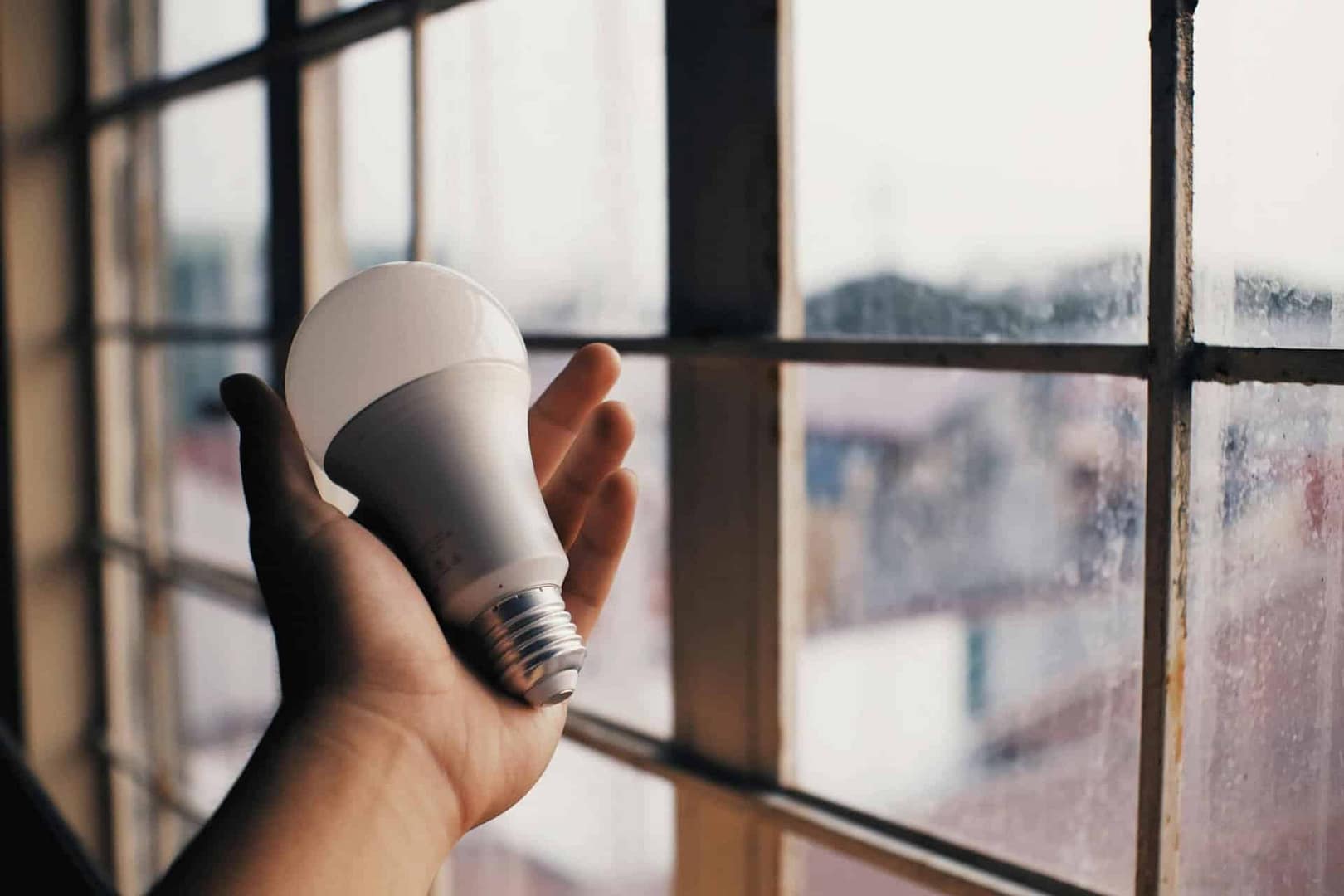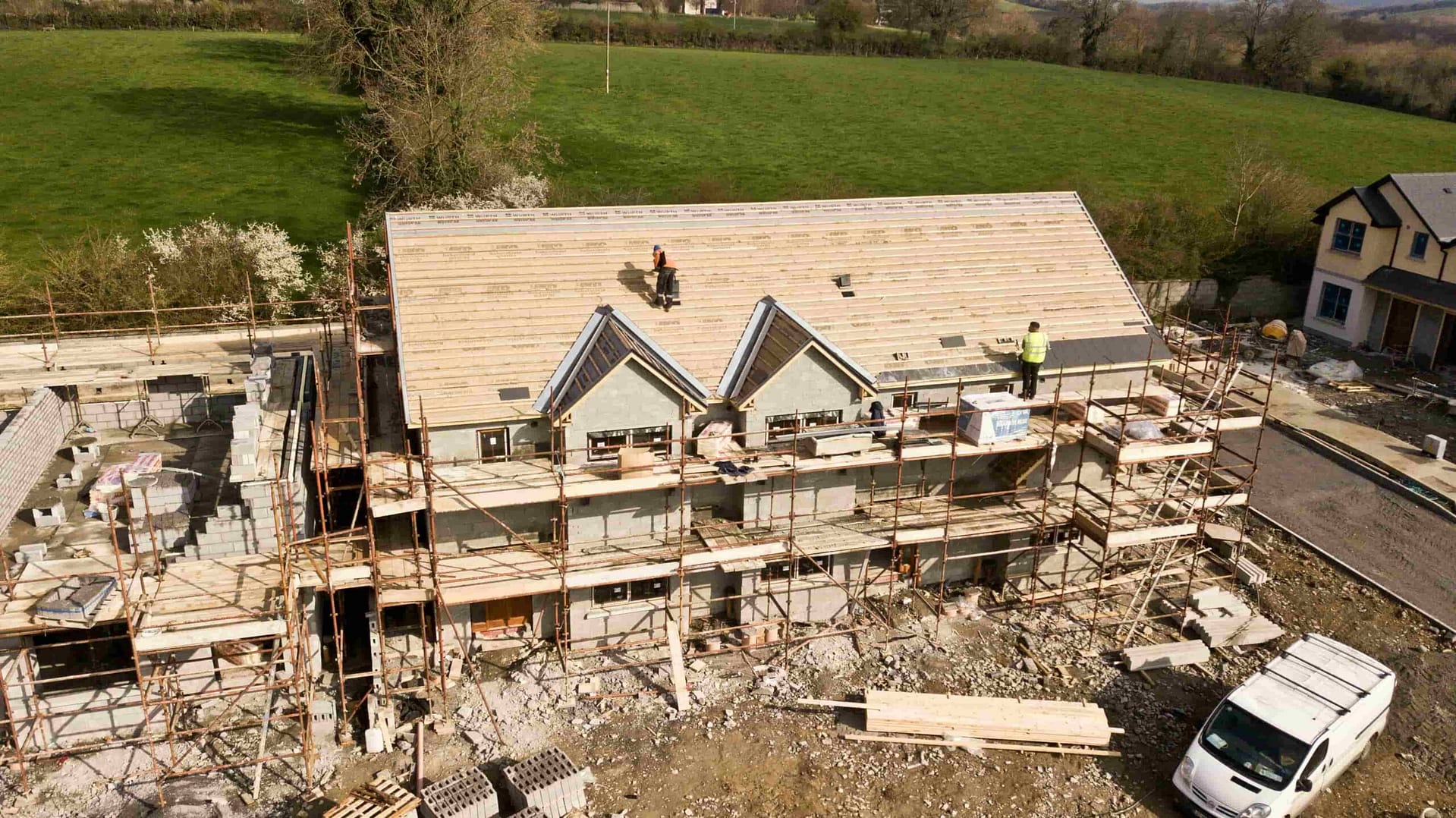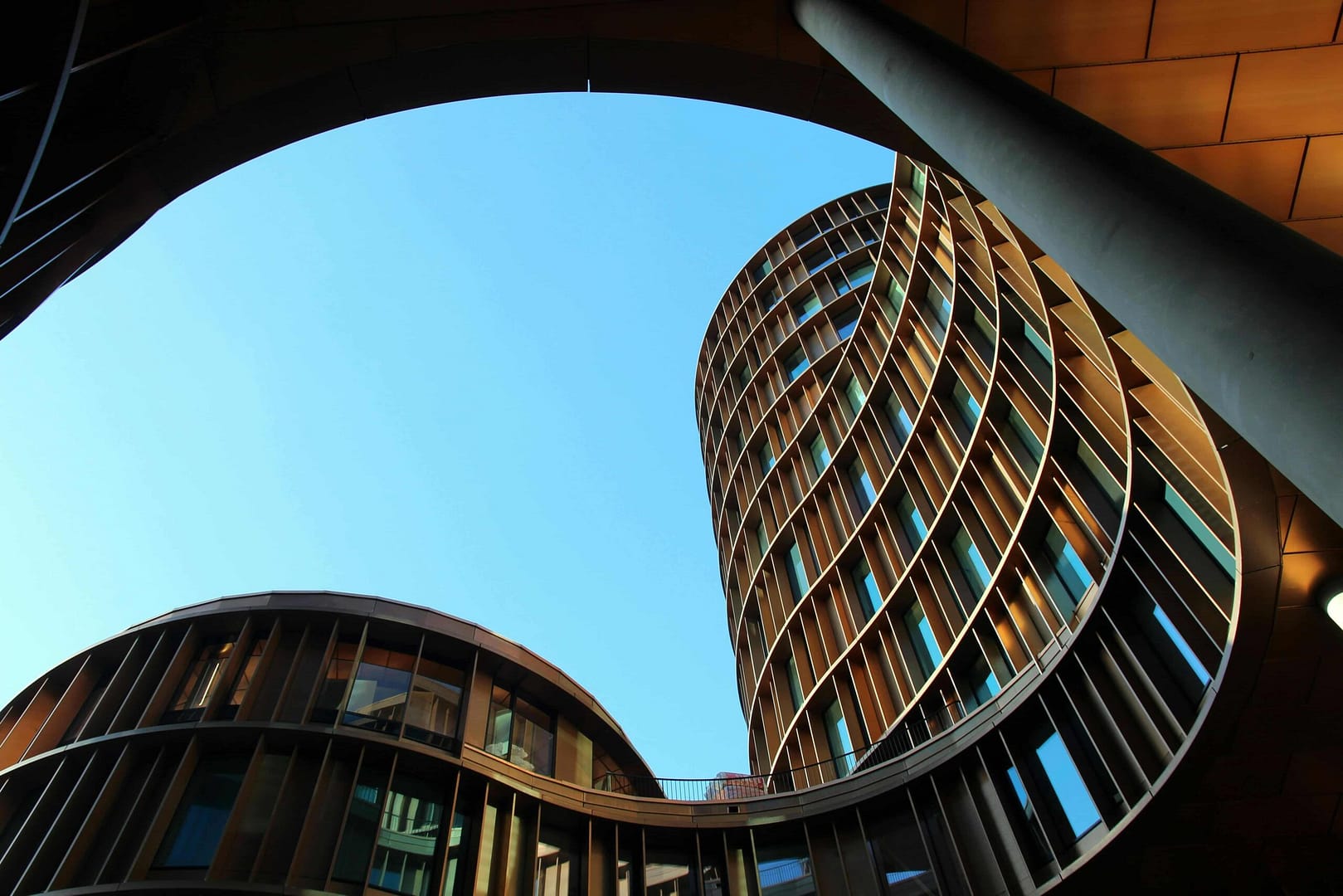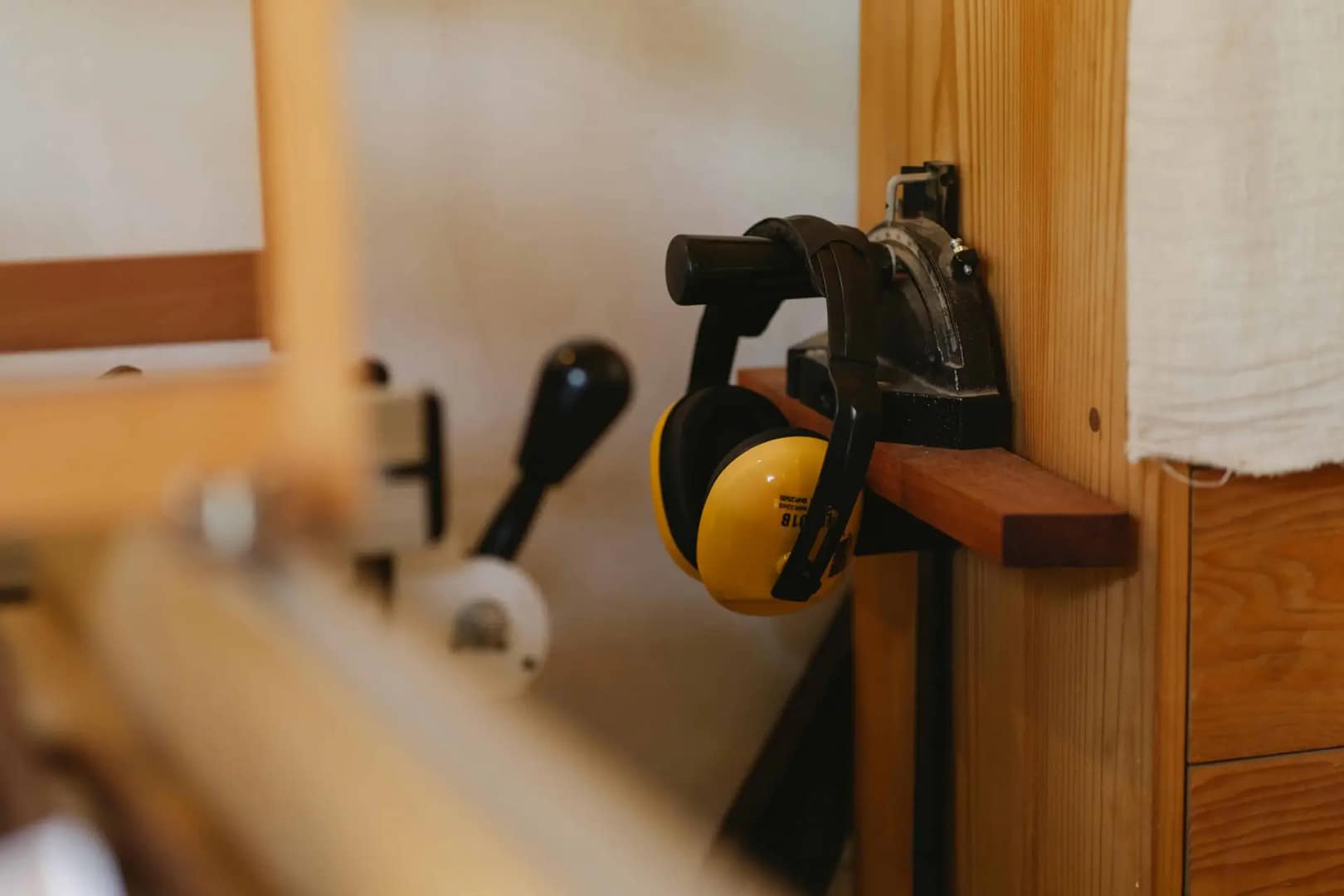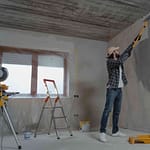In an era increasingly focused on sustainability, energy-efficient renovations have emerged as a paramount topic among homeowners. These renovations are pivotal in reducing the carbon footprint and pave the way for significant cost savings in the long run. As we commemorate Earth Day today, there’s no better time to contemplate how we can positively impact the planet, commencing right at home. Earth Day, observed on April 22nd every year, is a poignant reminder of the importance of environmental protection and conservation efforts worldwide. Whether you’re revitalizing an older home or simply striving to make your current home more eco-friendly, here are some insider tips to expertly guide you through the process.
Conduct an Energy Audit
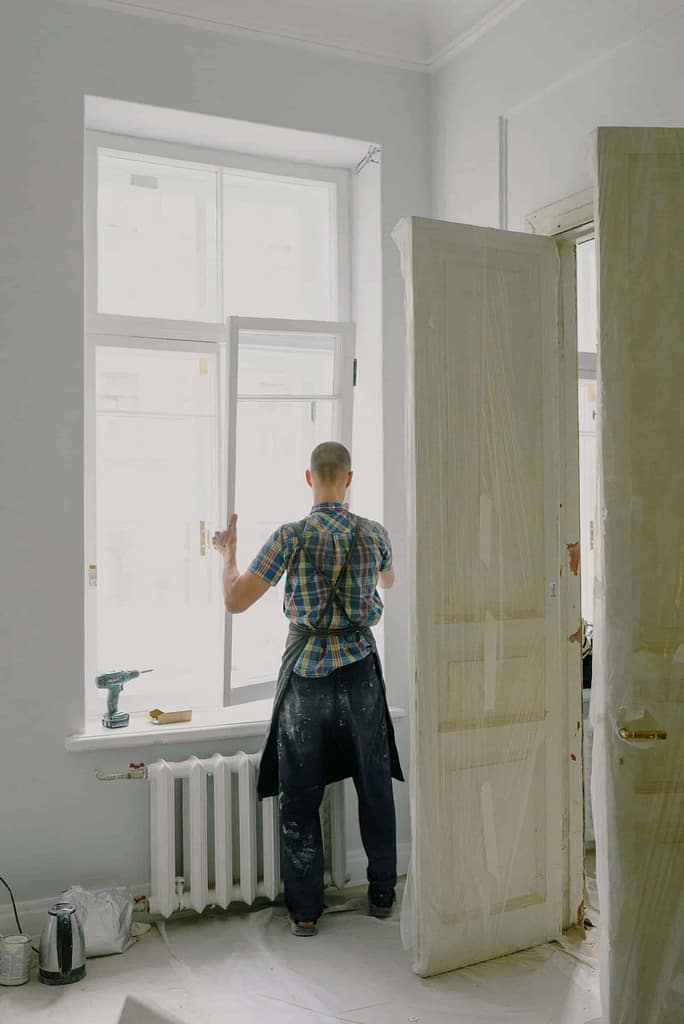
Before diving into any renovations, it’s essential to understand how your home currently consumes energy. Hiring a professional energy auditor can provide valuable insights into where your home is losing energy and what improvements will be most effective. During an energy audit, the auditor will meticulously assess various aspects of your home’s energy usage, including insulation, HVAC systems, appliances, lighting, and more. By utilizing specialized tools and techniques, they can identify areas of inefficiency causing energy wastage. These could be anything from poorly insulated attics and walls to outdated appliances or leaky windows and doors. With this information, you can prioritize your renovations and allocate your budget more effectively, ensuring you target the areas that will yield the most significant energy savings. Additionally, an energy audit may uncover simple, low-cost solutions, such as sealing drafts or adding insulation, that can substantially affect your home’s energy efficiency. Conducting an energy audit is the crucial first step toward making your home more energy-efficient and environmentally friendly
Insulate and Seal
Insulating and sealing your home is one of the most effective ways to improve energy efficiency. Poor insulation and air leaks can result in significant energy loss, especially in older homes. Here are some key areas to focus on:
Attic Insulation
Heat rises, and a significant amount of heat can escape through the roof without adequate attic insulation. Adding or upgrading insulation in the attic can dramatically reduce heating costs in the winter and cooling costs in the summer. Opt for high-R-value insulation materials such as fiberglass, cellulose, or spray foam when considering attic insulation. Properly insulating your attic will create a thermal barrier, keeping your home more comfortable and reducing the strain on your heating and cooling systems.
Seal Windows and Doors
Windows and doors are familiar sources of drafts. Caulking and weatherstripping around windows and doors can help prevent air leaks, keeping your home more comfortable year-round. Inspect the caulking and weatherstripping around windows and doors regularly and replace any damaged or worn-out seals. Additionally, consider upgrading to energy-efficient windows and doors, enhancing insulation and reducing energy loss. Investing in double or triple-pane windows with low-emissivity coatings can significantly improve energy efficiency and enhance the comfort of your home.
Wall Insulation
Depending on the age of your home, you may need to add insulation within the walls. While this can be a more extensive and costly renovation, it can lead to substantial long-term energy savings. Insulating walls can prevent heat loss during the winter and keep your home cooler in the summer. There are various options for wall insulation, including fiberglass batts, blown-in cellulose, or foam board insulation. Consulting with a professional energy auditor or contractor can help you determine your home’s most suitable insulation option. While it may require an upfront investment, wall insulation can significantly reduce your energy bills and increase the overall comfort of your home.
Floor Insulation
Remember to insulate the floors, especially if you have a basement or crawl space. Insulating the floors above unheated spaces can prevent heat loss, making your home more energy-efficient. Options for floor insulation include fiberglass batts, spray foam insulation or rigid foam insulation. Properly insulating the floors can help maintain a consistent temperature throughout your home, reducing the workload on your heating and cooling systems.
Upgrade to Energy-Efficient Appliances

Older appliances are often energy vampires, consuming far more energy than their newer, energy-efficient counterparts. When renovating your home, consider upgrading to Energy Star-certified appliances. These appliances are designed to use less energy without sacrificing performance. By making this investment, not only will you be contributing to a healthier planet, but you’ll also be benefiting from substantial savings on your utility bills. Here’s a closer look at how you can upgrade to energy-efficient appliances in crucial areas:
Refrigerator
Refrigerators are one of the most significant energy consumers in a home. By replacing an old refrigerator with a new, energy-efficient model, you can save a substantial amount on your energy bill. When selecting a new refrigerator, look for the Energy Star label, which signifies that the appliance meets strict energy efficiency guidelines set by the U.S. Environmental Protection Agency (EPA). Energy Star refrigerators use advanced technologies such as improved insulation, more efficient compressors, and better temperature and defrost mechanisms to reduce energy consumption significantly. Additionally, opt for a refrigerator size that fits your family’s needs to avoid unnecessary energy usage. By upgrading to an Energy Star refrigerator, you can enjoy long-term savings while reducing your household’s carbon footprint.
HVAC System
Heating and cooling account for a significant portion of a home’s energy usage. Upgrading to a high-efficiency HVAC system can lead to substantial energy savings. Consider replacing your old HVAC system with a newer, more energy-efficient model when renovating your home. Look for systems with a high Seasonal Energy Efficiency Ratio (SEER) rating for air conditioners and a high Annual Fuel Utilization Efficiency (AFUE) rating for furnaces. Opt for an appropriately sized unit to ensure optimal performance and efficiency. Regular maintenance is crucial for keeping your HVAC system running efficiently. Investing in an energy-efficient HVAC system can significantly reduce your energy bills while maintaining a comfortable indoor environment throughout the year.
Water Heater
Water heating is another significant contributor to energy consumption. Consider upgrading to a tankless water heater or insulating your current water heater to improve energy efficiency. Tankless water heaters, also known as on-demand water heaters, heat water only when needed, eliminating standby energy losses associated with traditional storage water heaters. As a result, tankless water heaters are more energy-efficient and can help you save on your energy bills. If you prefer to keep your current water heater, consider insulating it to reduce heat loss. A water heater blanket can help retain heat and reduce the amount of energy needed to maintain hot water temperatures. Additionally, insulate the first six feet of hot and cold water pipes connected to the water heater to increase energy efficiency further. By upgrading to an energy-efficient water heating system or insulating your current water heater, you can reduce your energy consumption and lower your utility bills while enjoying ample hot water when needed.
Harness Solar Power
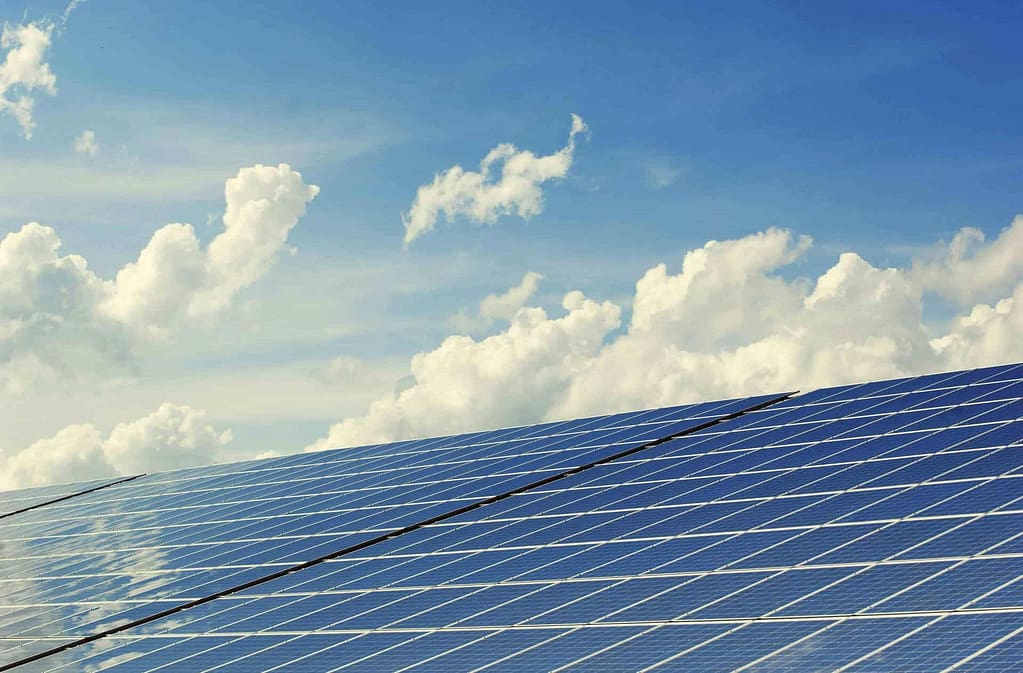
Harnessing solar power presents an unparalleled opportunity for homeowners to take control of their energy consumption while making a meaningful contribution to environmental sustainability. It’s an investment in a future where renewable energy sources are pivotal in mitigating climate change and ensuring a cleaner, greener planet for future generations. While the upfront cost of installing solar panels may seem daunting, the long-term benefits far outweigh the initial expenses. Not only does solar power reduce reliance on the grid and lower energy bills, but it also provides a sense of energy independence and security. Imagine generating electricity from a clean, renewable source on your rooftop, harnessing the sun’s power to meet your household’s energy needs.
Moreover, installing solar panels comes with various financial incentives, rebates, and tax credits offered by federal, state, and local governments. These incentives can significantly offset the installation cost, making solar energy more accessible and affordable for homeowners. Additionally, advancements in solar technology have made solar panels more efficient and affordable than ever before, allowing homeowners to maximize their energy production and savings. By working with reputable solar installers and carefully selecting the right solar panels for their homes, homeowners can ensure that their solar power systems are installed correctly and optimized for performance. Regular monitoring and maintenance of solar panels further ensure that they continue to operate at peak efficiency, providing reliable, clean energy for years to come. Embracing solar power is not just about reducing energy bills—it’s about adopting a sustainable lifestyle and positively impacting the planet.
Upgrade Lighting
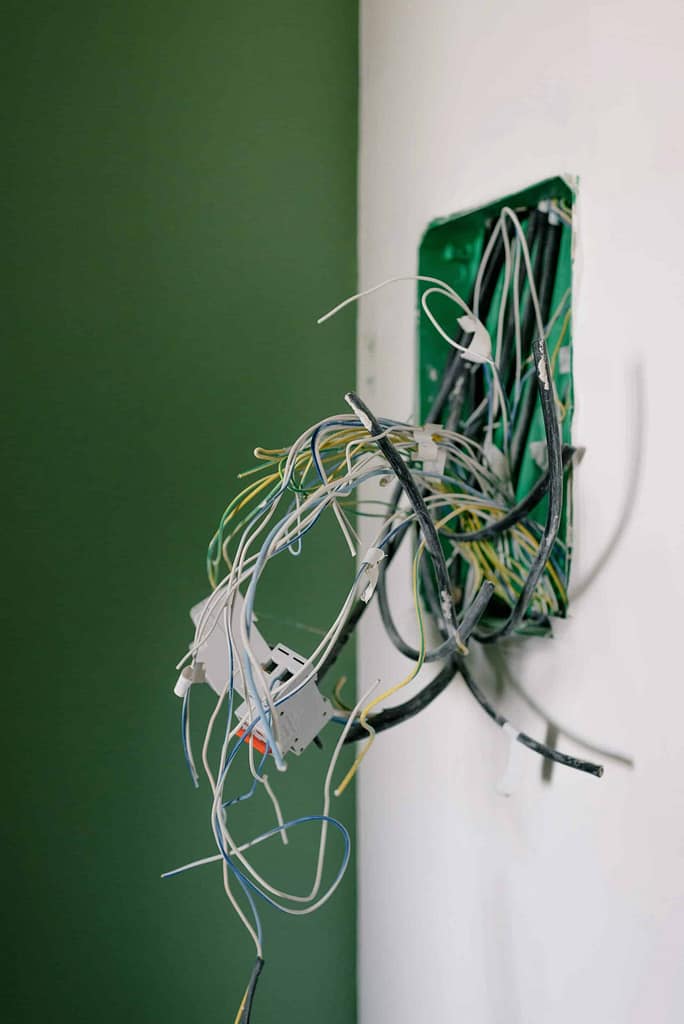
When it comes to energy-efficient renovations, upgrading your lighting is a crucial step toward reducing energy consumption and enhancing the sustainability of your home. Traditional incandescent bulbs are notorious for inefficiency, wasting much energy as heat rather than light. By transitioning to energy-efficient lighting solutions, such as LED (Light Emitting Diode) or CFL (Compact Fluorescent Lamp) bulbs, you can dramatically reduce energy usage and lower electricity bills. LED bulbs, in particular, are highly energy-efficient and long-lasting, consuming up to 80% less energy than incandescent bulbs and lasting up to 25 times longer. While the upfront cost of LED bulbs may be higher, their durability and energy savings make them a cost-effective investment in the long run.
Additionally, LED bulbs come in various shapes, sizes, and color temperatures, allowing you to customize your lighting to suit your preferences and needs. When upgrading your lighting, consider installing dimmer switches and motion sensors to optimize energy usage further and enhance convenience. By embracing energy-efficient lighting solutions, you can illuminate your home while reducing your environmental impact and saving money on your energy bills.
Choose Sustainable Materials
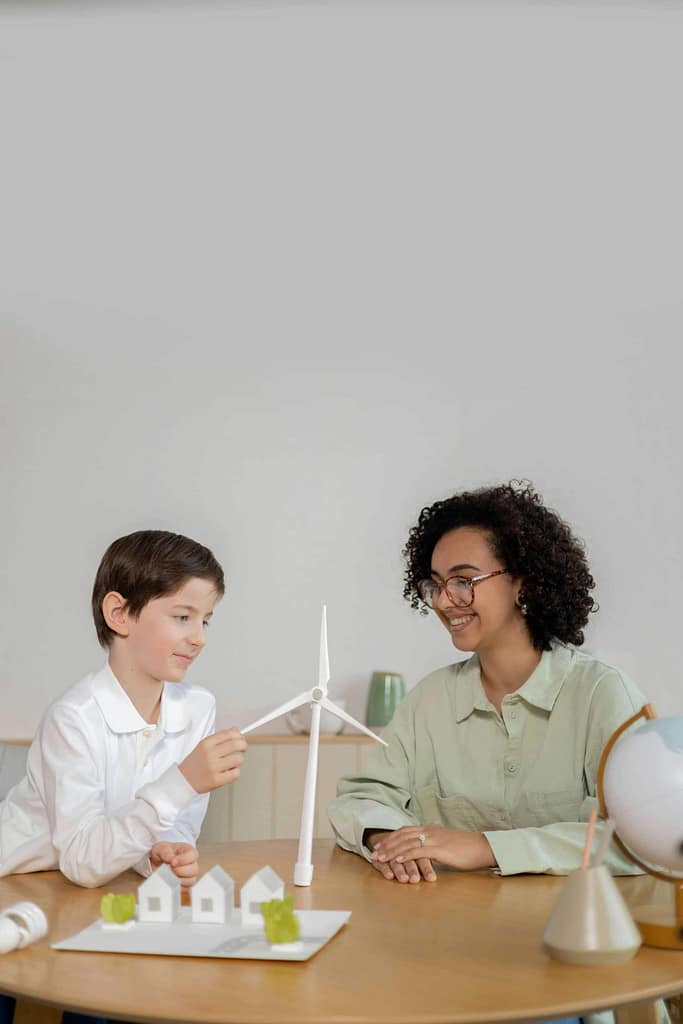
Choosing sustainable materials for your home renovation projects is a multifaceted decision that profoundly impacts the environment and your household’s well-being. Sustainable materials are carefully sourced and manufactured to minimize environmental impact, often utilizing renewable resources or recycled materials. By opting for sustainable materials, you contribute to the preservation of natural resources and mitigate the carbon footprint associated with your renovation endeavors. Consider exploring various sustainable options, such as reclaimed wood, bamboo, cork, recycled glass, and eco-friendly textiles, when embarking on a renovation journey. These materials embody environmental consciousness and offer unique textures, colors, and patterns that infuse your living space with character and charm.
Moreover, prioritize products certified by esteemed organizations like the Forest Stewardship Council (FSC), ensuring that wood originates from responsibly managed forests. Similarly, seek out materials with low volatile organic compound (VOC) emissions, promoting superior indoor air quality and fostering a healthier living environment for you and your loved ones. Embracing sustainable materials in your renovation projects signifies a commitment to ethical consumption and environmental stewardship, propelling you toward a greener, more sustainable future while fashioning a home that harmonizes aesthetics with eco-consciousness
Conclusion
In conclusion, energy-efficient renovations offer numerous benefits for homeowners, ranging from cost savings and increased comfort to environmental sustainability. Implementing the insider tips discussed in this blog post can transform your home into a more eco-friendly and energy-efficient space. From conducting an energy audit to identify areas of inefficiency to upgrading to energy-efficient appliances and harnessing solar power, there are countless ways to reduce your energy consumption and carbon footprint.
As we celebrate Earth Day this week and reflect on the importance of environmental protection and conservation efforts, there’s no better time to consider how we can positively impact the planet than starting right at home. Each energy-efficient renovation you undertake benefits the environment and contributes to a healthier and more sustainable future for generations to come.
Furthermore, energy-efficient renovations are beneficial for the environment and your wallet. While some renovations may require an initial investment, the long-term savings on energy bills often outweigh the upfront costs. Additionally, many governments and utility companies offer incentives, rebates, and tax credits to offset the cost of energy-efficient upgrades, making them more accessible and affordable for homeowners.
Incorporating sustainable practices into your home renovations reduces your environmental impact and enhances the overall quality of your living space. From improving indoor air quality with sustainable building materials to creating energy-efficient landscapes that conserve water and support local wildlife, every decision you make can make a difference.
Ultimately, by embracing energy-efficient renovations, you can create a home that is comfortable, beautiful, functional, and environmentally responsible. So, whether you’re embarking on a significant renovation project or making minor changes to improve energy efficiency, take the opportunity to positively impact the planet and create a more sustainable future for all.

